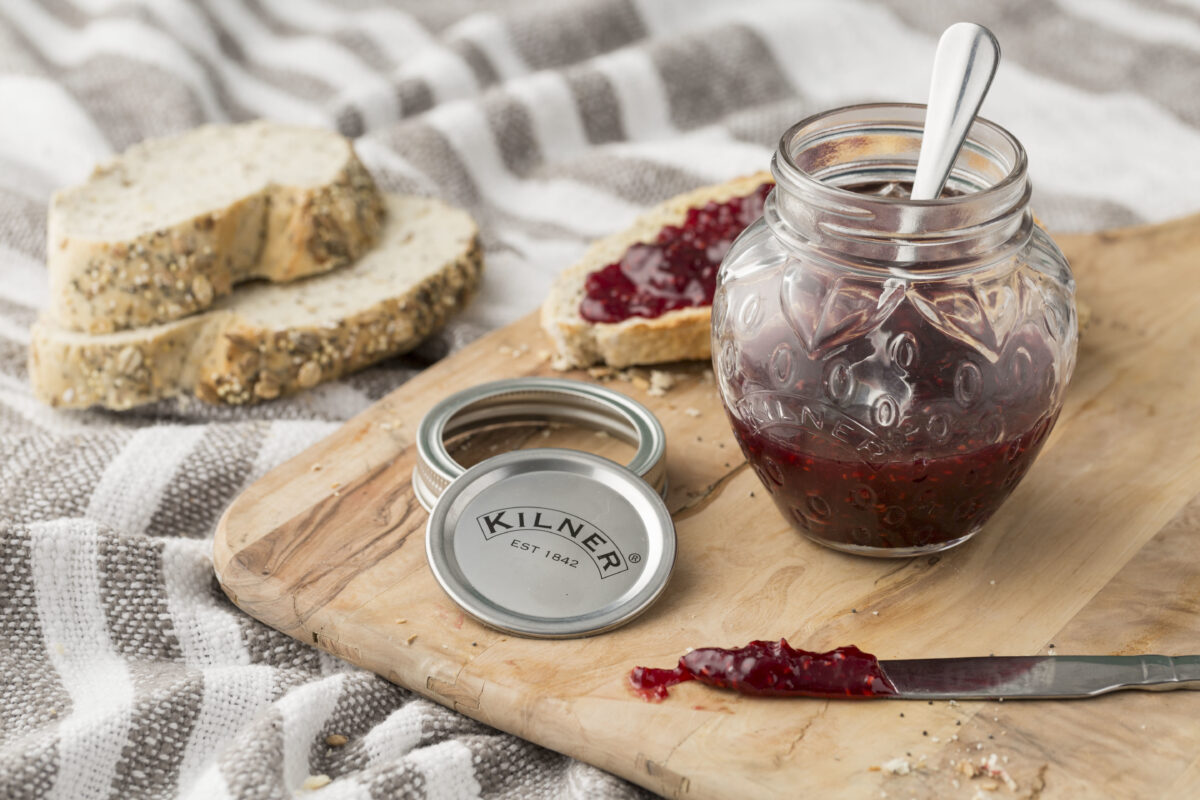It doesn’t get much better than a warm piece of bread slathered with a hearty amount of creamy butter and a generous helping of jam. Pair with a cup of tea and you’ve got your self one of Britain’s most British breakfasts. But how much do we really know about the sticky world of jams, jellies and preserves? Thanks to our jam making friends at Kilner we have got the details for you. Sit back, relax and put the kettle on..
What is the difference between a preserve and a conserve or a jam and a jelly?
The jams, jellies, preserves, conserves, marmalade’s, fruit butters and fruit curds all contain a mix of sugar and fruit that thickens when cooked.
The main distinguishing factors between these preserves are:
- The fruit used
- The size of the fruit pieces
- The addition or omission of flavourings
- The procedure used to process the fruit and sugar mix
Jam
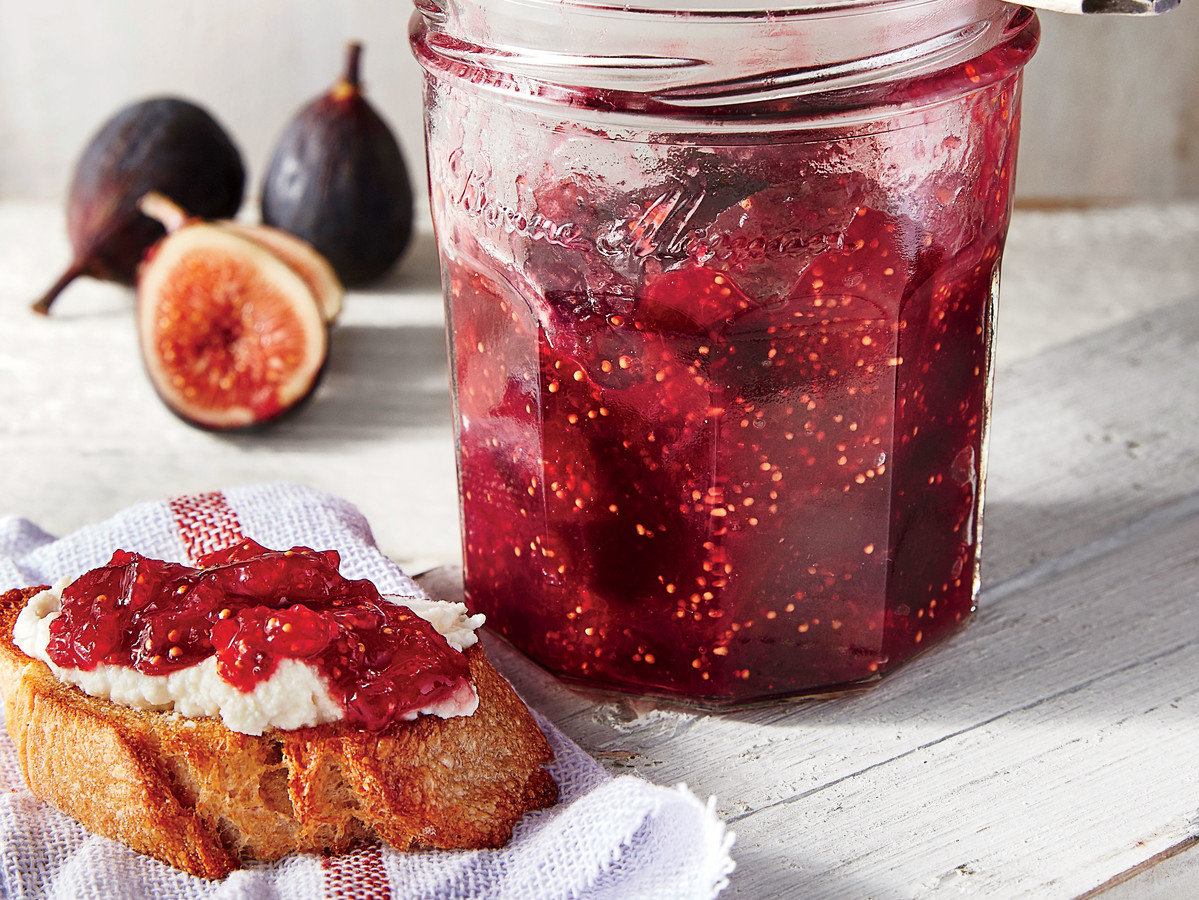 Recommended shelf life: 1 year
Recommended shelf life: 1 year
The most popular of all the preserves, they are simple a cooked mixture of fruit and sugar. Jams require the chosen fruit to be either finely chopped, mashed or crushed and should have a slightly firm but spreadable texture. If you prefer a runnier jam, omit the sugar and cook the fruit with fruit juices!
View Kilners Jam Recipes here.
Jelly
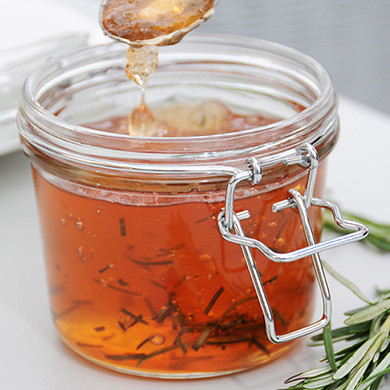 Recommended shelf life: 1 year
Recommended shelf life: 1 year
Jelly is a cooked mix of fruit and sugar which is strained to give a clear liquid. Jellies are best made using fruits which contain high levels of both pectin and acid. A jelly should be solid, easy to cut with a knife but also spreadable.
View Kilner’s Jelly recipes here.
Preserves
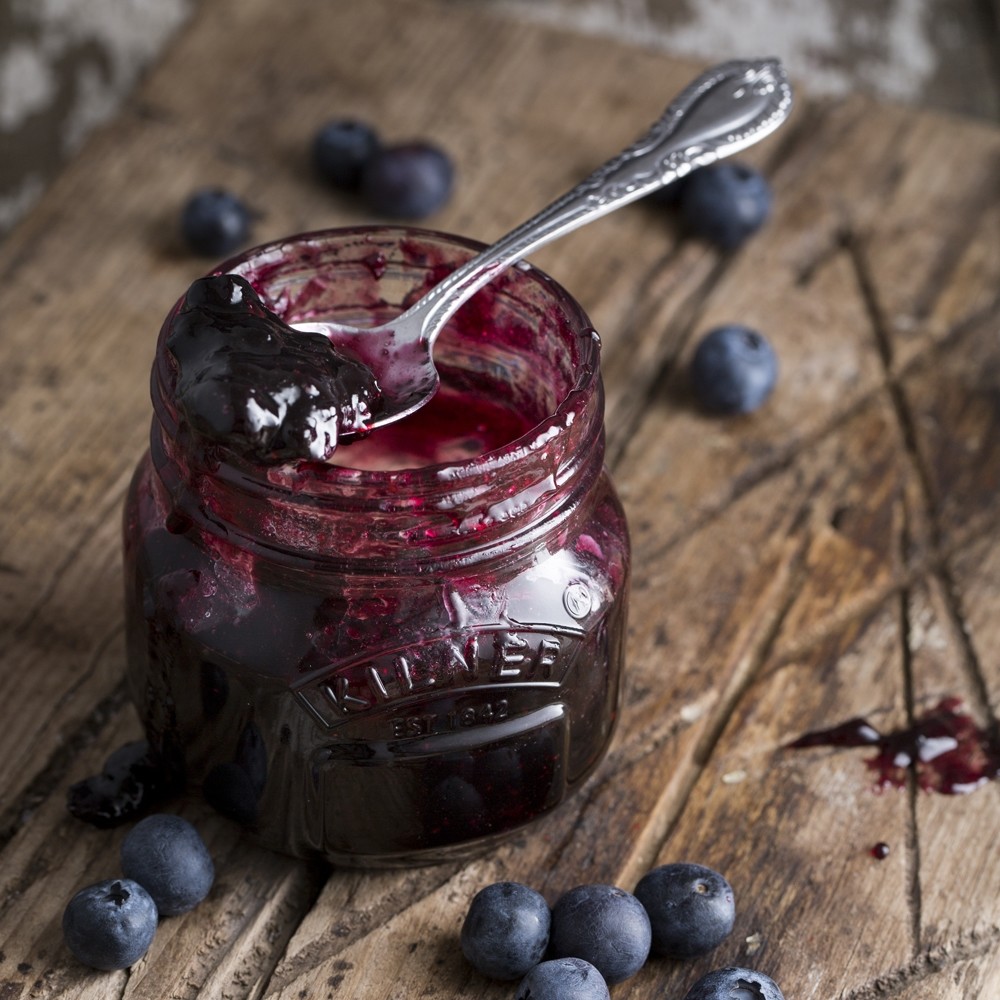 Recommended shelf life: 1 year
Recommended shelf life: 1 year
Preserves are a cooked mix of fruit and sugar where the fruit is left in large pieces. Aside from the size of the fruit pieces, preserves are the same as jams. To be able to call your mixture a preserve the fruit must not be mashed, crushed or in small pieces. Small whole fruits such as berries are often used when making preserves.
Conserves
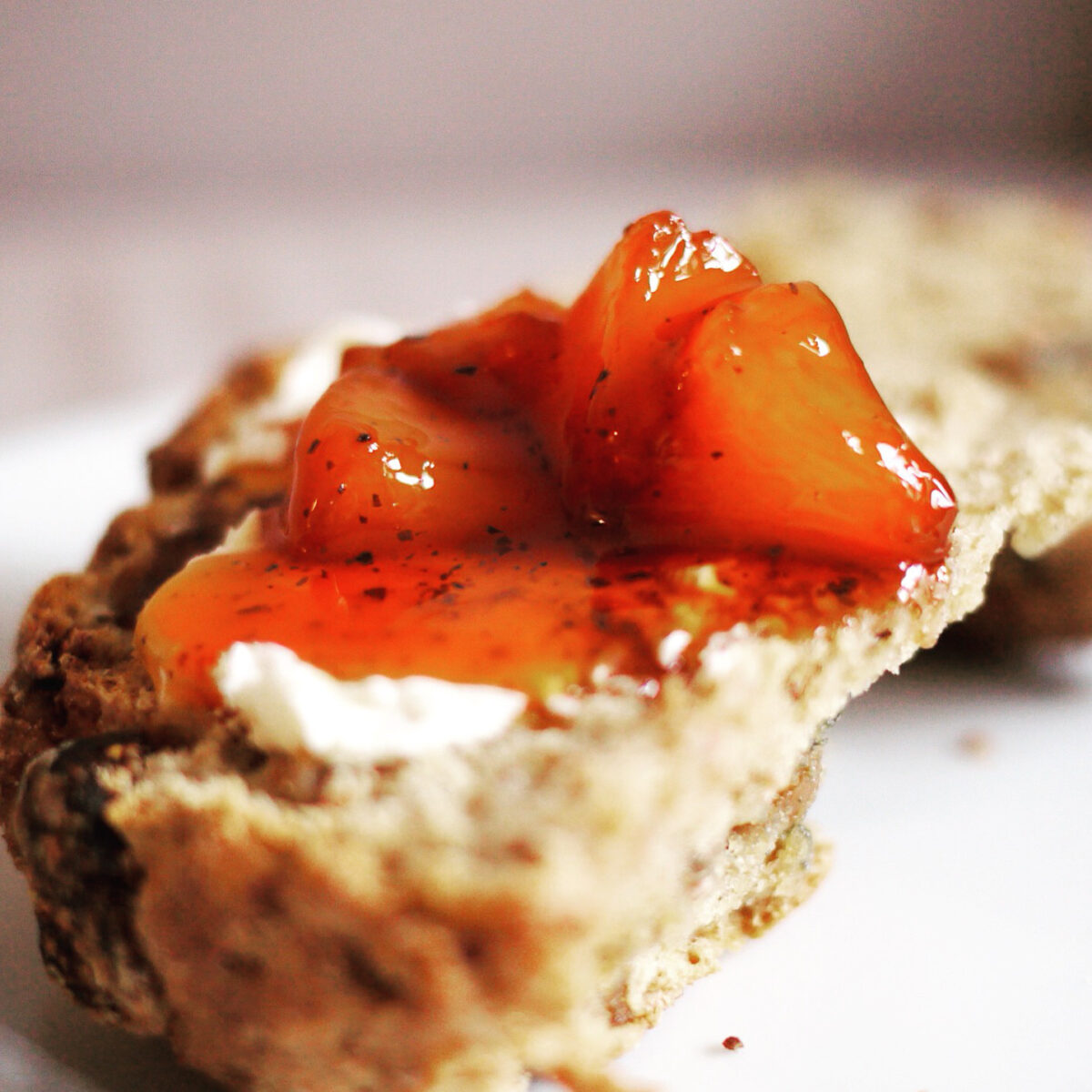 Recommended shelf life: 1 year
Recommended shelf life: 1 year
Conserves, commonly referred to as ‘posh jam’ because of the high fruit content are a cooked mix of fruit, sugar, nuts, raisins, dried fruit and spices. A conserve will have a similar texture to jam, firm but spreadable. The most common conserves will contain a mix of more than one fruit along with some citrus.
Marmalade
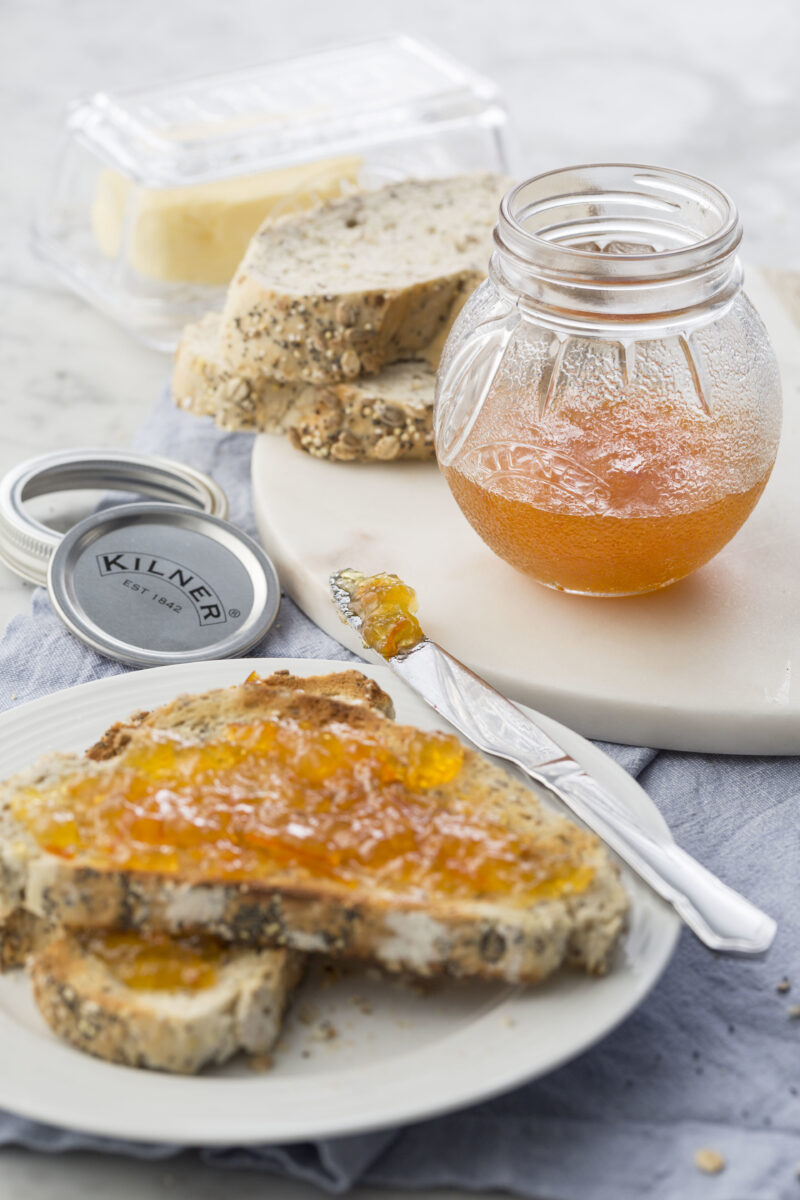 Recommended shelf life: 2 years
Recommended shelf life: 2 years
Marmalade is a cooked mix of fruit, commonly citrus, and sugar. The citrus fruit is peeled then the peel needs long, slow cooking to soften it before adding the sugar. The consistency of marmalade is in between a jam and a jelly where small pieces of citrus are suspended in a jelly mixture. The most common citrus fruits used are lemon, orange, lime or grapefruit.
View Kilner’s marmalade recipe here.
Fruit Butters
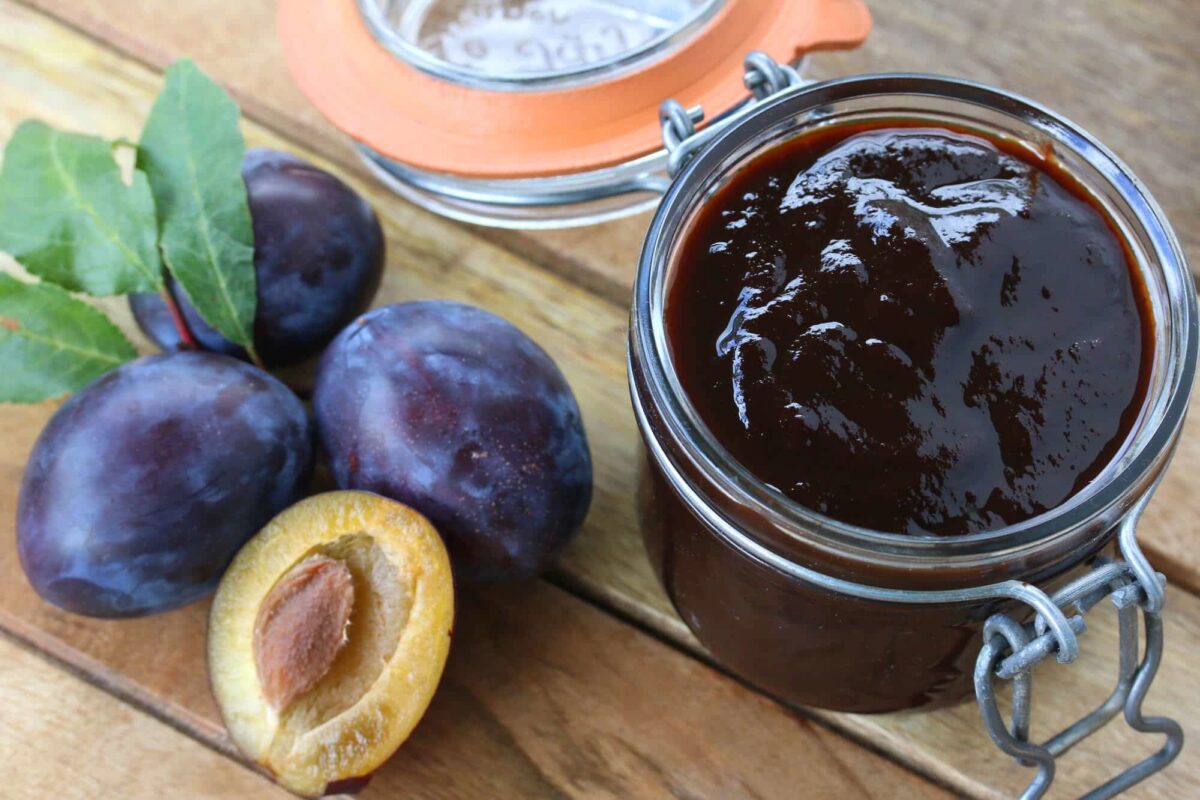 Recommended shelf life: 9 months, needs refrigerating after opening
Recommended shelf life: 9 months, needs refrigerating after opening
Fruit Butters, so called because they are a soft spread like butter, are a mix of pureed cooked fruit which is then added to sugar and heated gently until smooth. Fruit butters have lower sugar content than Jam and are best consumed shortly after making.
Curds
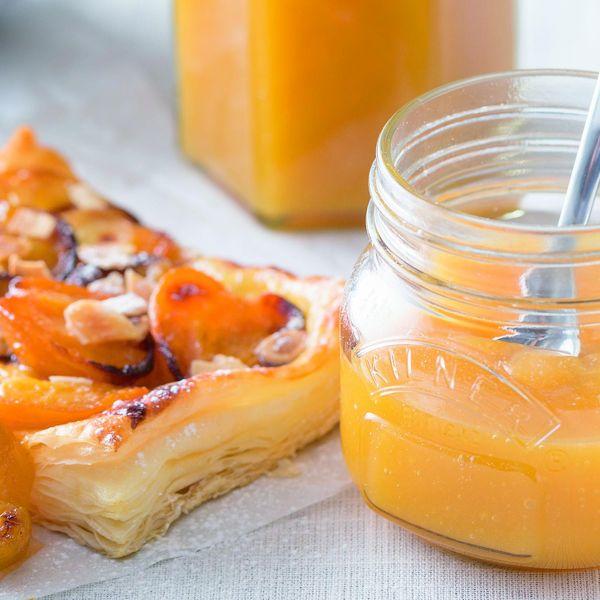 Recommended shelf life: 1 month, needs refrigerating after opening
Recommended shelf life: 1 month, needs refrigerating after opening
Curds are a mix of citrus fruit, sugar, butter and eggs which are cooked to make a smooth, thick, creamy spread. Due to curds containing eggs they need to be kept in the fridge. Curds are best enjoyed soon after making because their flavour diminishes over time.
View Kilner’s lemon curd recipe.
We hope you now feel a little more jammy about the world of preserves! Be sure to let us know if you make any of your own preserves. Why not treat your self to some classic Kilner preserve jars and join the epidemic? Shop all preserve jars here!




